Top 5 Best Practices for Data Center Automation in 2024
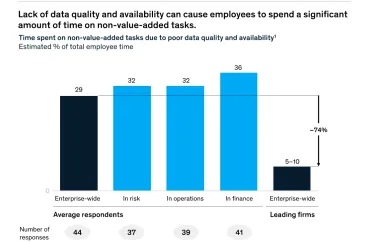
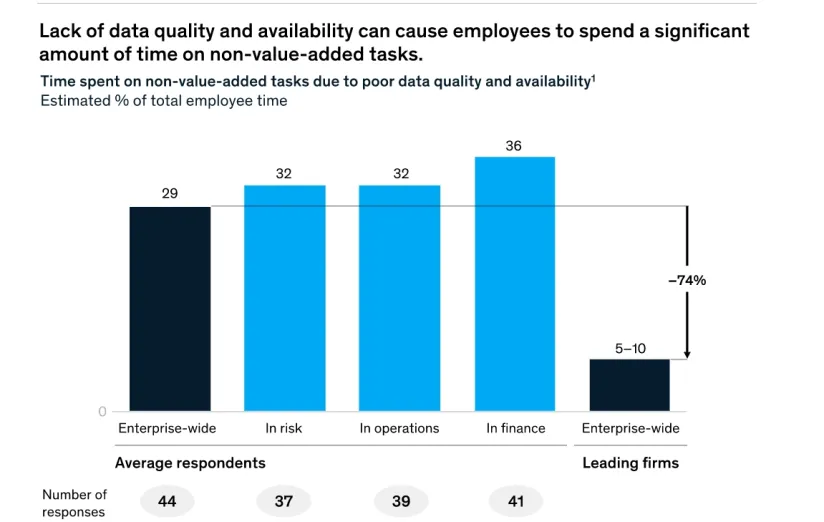
According to McKinsey, when data is not available, or is of poor quality, employees spend an additional 75% of their time on “non-value-adding activities.” To ensure data availability, data centers must act as locations that house data and are easily accessible on demand.
Data center automation streamlines operations by automating IT tasks such as, computing, networking, and storage across various settings. This makes data more accessible, and allows companies to offer their services, and make decisions, more quickly.
In this article, we will explore the definition of data automation and 5 best practices of data automation to guide executives to have effective data infrastructure.
What is a data center, and what are data center operations?
A data center is a hub for servers, networks, and computing resources operating and providing services in a commercial context. In data centers, data is:
- Processed
- Stored
- Managed
- Distributed across multiple environments, including the cloud.
IT teams also use data centers for:
- Establishing an infrastructure: This is installing, maintaining, patching, and updating servers, storage areas, and networks.
- Maintenance: Providing all maintenance services required for the proper functioning of data centers.
- Security: Security policies and processes to secure the data centers.
- Management: Monitoring and upholding the policies and procedures in data centers.
Top 5 best practices of data center automation
1. Use APIs to connect disparate applications quickly
The modern business conditions require fast EDI (electronic data transfer) between different ERP applications housed on-premise, hybrid, cloud, or multi-clouds. However, transferring data reliably and in a fast way is not an easy task.
The solution is API. APIs can connect applications together and maintain a fast data exchange across different locations, such as cloud to cloud or cloud to on-premise. Data center automation tools provide easy-to-use API adapters to integrate tools, applications, software, and cloud services.
API programmability provides better integration for the data center components. This way, APIs make data centers more agile and shorten the time to respond to business needs.
2. Monitor and manage processes with a centralized control
Centralized management of data centers enables firms to detect and stop data leaks, which are costly for enterprises financially and reputationally (Figure 2).
Automated data center management provides a centralized control mechanism. It can create a log repository for auditing user activities as well as tracking changes. Thus, any unauthorized activity is notified with real-time notifications.
Figure 2: Impact of data leaks on businesses.
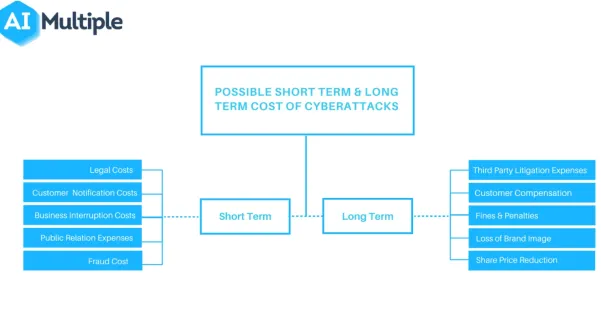
3. Manage workloads with event-based automation
Manual monitoring of IT activities is time-consuming. It slows the tracking of processes and even delays the remediation efforts for troubles.
Data center operations are suitable to automate with event-based automation. Event-based automation can be activated by setting up some rules to trigger another activity. For example, data center automation can monitor maintenance services while data updating and data versioning.
Thus, firms can identify problems concerning data flow, or accuracy, in real time and can take countermeasures to minimize their negative effects.
4. Automate reporting and visualization of data
Data empowers businesses in decision-making processes. However, having data stored in data centers does not provide any insightful contribution in and of itself.
Data center automation helps businesses automate the creation of reports and visualizations such as charts and graphs. Having data automatically being displayed via reports, charts, and graphs makes for faster, easier interpretation and more accurate insights.
5. Automated compliance management
Internal and external data protection requirements apply to the possession and processing of data. And it takes time for large firms to monitor and identify hazards in the face of compliance requirements. If any human error occurs due to rapidly changing regulations, businesses may face non-compliance charges and penalty fees.
Data center automation can monitor the situation of business and track changes in compliance regulations related to data center protection. Data scraping or some government APIs can be used for tracking regulatory changes. Thus, It can remove risky patching and reduce vulnerabilities.
Learn more about compliance automation.
If you need more information regarding data center automation you can reach us:
Source: Cover Image.

Cem has been the principal analyst at AIMultiple since 2017. AIMultiple informs hundreds of thousands of businesses (as per similarWeb) including 60% of Fortune 500 every month.
Cem's work has been cited by leading global publications including Business Insider, Forbes, Washington Post, global firms like Deloitte, HPE, NGOs like World Economic Forum and supranational organizations like European Commission. You can see more reputable companies and media that referenced AIMultiple.
Throughout his career, Cem served as a tech consultant, tech buyer and tech entrepreneur. He advised businesses on their enterprise software, automation, cloud, AI / ML and other technology related decisions at McKinsey & Company and Altman Solon for more than a decade. He also published a McKinsey report on digitalization.
He led technology strategy and procurement of a telco while reporting to the CEO. He has also led commercial growth of deep tech company Hypatos that reached a 7 digit annual recurring revenue and a 9 digit valuation from 0 within 2 years. Cem's work in Hypatos was covered by leading technology publications like TechCrunch and Business Insider.
Cem regularly speaks at international technology conferences. He graduated from Bogazici University as a computer engineer and holds an MBA from Columbia Business School.
To stay up-to-date on B2B tech & accelerate your enterprise:
Follow on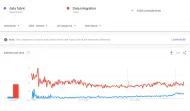
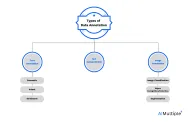
Comments
Your email address will not be published. All fields are required.